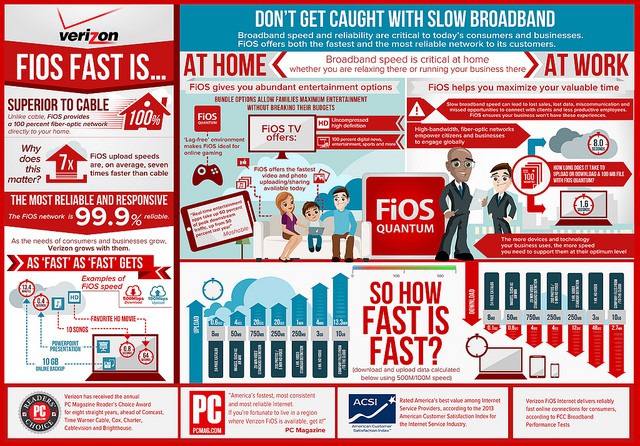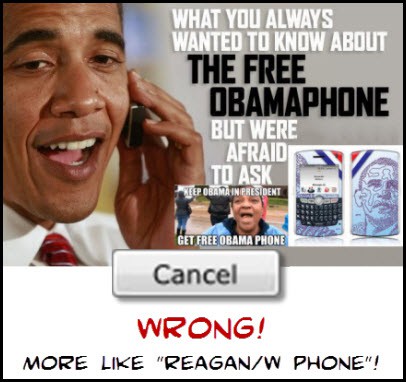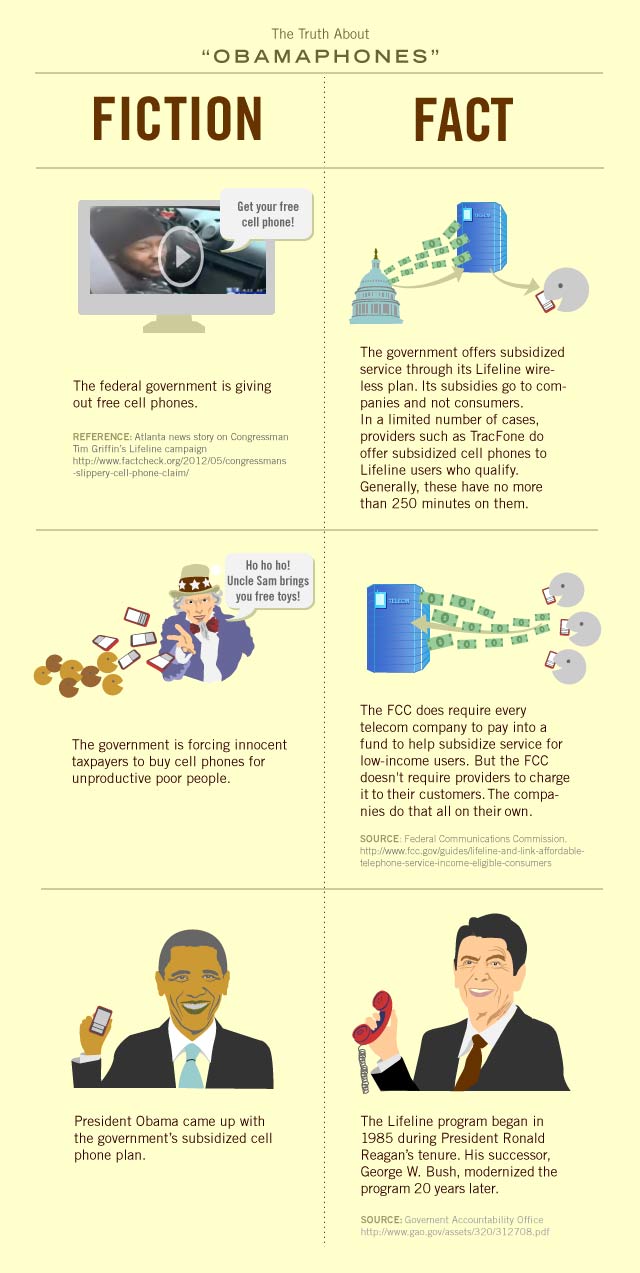 Cox has pulled the plug on its summer trial of flareWatch, an over-the-top virtual cable TV service that works over an existing broadband connection. The sudden end of the trial, now scheduled for Sept. 27, comes several days after new participants found orders for the accompanying Fanhattan-made set-top box canceled without warning. Customers who paid $99.99 for the box, later reduced to $49.99, are supposed to be getting refunds according to Cox Customer Care.
Cox has pulled the plug on its summer trial of flareWatch, an over-the-top virtual cable TV service that works over an existing broadband connection. The sudden end of the trial, now scheduled for Sept. 27, comes several days after new participants found orders for the accompanying Fanhattan-made set-top box canceled without warning. Customers who paid $99.99 for the box, later reduced to $49.99, are supposed to be getting refunds according to Cox Customer Care.
“This limited trial was conducted as part of Cox’s ongoing customer research to determine how to best evolve our offerings to meet customers’ changing needs,” according to a Cox official. “We remain focused on helping customers discover and connect to the things they care about in ways that are easy-to-use and reliable and we will continue to test and explore new products. We will continue to evaluate the flareWatch trial results to determine how this might impact future product plans.”

Peter Litman got confirmation flareWatch has been put out.
Customers visiting Cox’s website dedicated to the IP-based video service found only a “Service Unavailable” message greeting them.
Cox’s flareWatch service offered about 100 channels (many over-the-air) for $34.99 a month, with a cloud-based DVR feature, and was available only to Cox customers in Orange County, Calif., with Preferred Internet service. Use of the service counted against your monthly Cox broadband usage allowance.
Later in the trial, Cox raised the price by $5 a month and bundled Rhapsody’s streaming music service and a small video-on-demand feature. It also cut the purchase price of the hardware in half.
Trial participants report the notification Cox was terminating the service seemed sudden and perhaps unplanned.
Cox says otherwise.
“As planned, the Orange County trial has successfully completed. We collected excellent customer feedback and usage data to inform our broader deployment of Fan TV,” said a Cox spokesperson. “As announced in May, Fanhattan plans to work directly with pay TV service providers to distribute Fan TV. Making sure it’s ready for primetime requires rigorous testing, trial customer feedback and constant iteration. This limited trial was a small, early step in that direction.”


 Subscribe
Subscribe

 Atlantic Canada enjoys some of the fastest Internet service in the country, often without any usage caps. EastLink offers, in addition to its budget Internet tiers, service at 20, 40 and 80Mbps. Their primary competitor is Bell Aliant, which operates its FibreOp broadband at speeds of 50, 80, and 175Mbps.
Atlantic Canada enjoys some of the fastest Internet service in the country, often without any usage caps. EastLink offers, in addition to its budget Internet tiers, service at 20, 40 and 80Mbps. Their primary competitor is Bell Aliant, which operates its FibreOp broadband at speeds of 50, 80, and 175Mbps.



